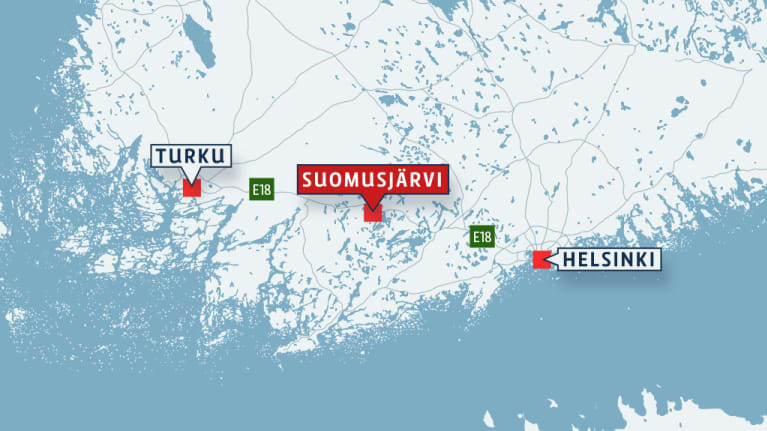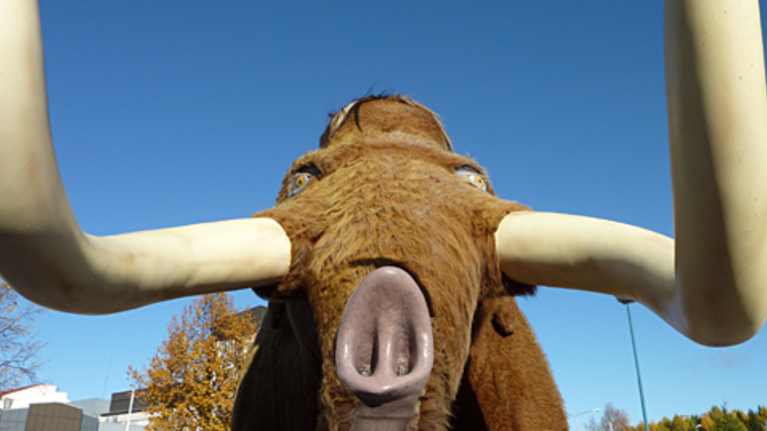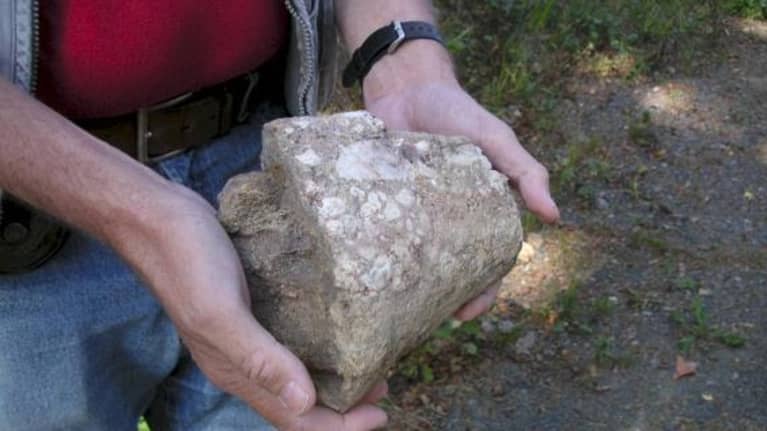An item assumed for decades to be a mammoth bone has turned out to be something far, far older. Mammoths are relatively recent, having disappeared less than 5,000 years ago.
This week researchers at the University of Helsinki declared that this find is from a proboscidean that lived sometime between five and 19 million years ago. Proboscideans are an order of trunked mammals, of which only elephants are the only surviving representatives.
Gathering dust in Espoo garage

In the autumn of 1960, biology student Marja Simonsuuri found the lump while digging up a potato patch in Suomusjärvi, about 100 kilometres west of Helsinki and now part of Salo. She moved to Espoo, where the object collected dust in her garage for some 40 years. In the meantime, now named Marja Sorsa, she became a professor of genetic toxicology, serving as a Visiting Researcher at the University of California at Davis.
In 2006, by then retired, she handed the item over to Professor Mikael Fortelius, an evolutionary palaeontologist at the University of Helsinki.
Miocene memento
Mammoth bones are hardly rare, but the Suomusjärvi bone piqued researchers' interest because of its weight. They studied its shape and the soil attached to it, which included traces of ancient pollen and seaweed.
The bone's shape pointed toward the Deinotheriums, elephant-like animals that went extinct before the mammoths.

"The bone fragment is part of the middle of a humerus [forelimb] from a rather large proboscidean, from the narrowest part of the bone," says Juha Saarinen, a visiting researcher at London's Natural History Museum who has studied the piece.
The Deinotheriums lived in Eurasia during the Miocene Epoch, between approximately five and 23 million years ago.
Washed ashore from the Yoldia Sea
Researchers believe that the piece of bone was carried to Finland inside a gigantic ice floe transported by waves on the Yoldia Sea, a predecessor of the Baltic Sea.
The bone, which has now been donated to the University of Helsinki's Museum of Natural History, offers scientists a glimpse of northern Europe's environment millions of years ago. It provides more information about living conditions in the Miocene Epoch, as well as of the distribution and evolution of the proboscidean order.
Up until now, the oldest bone known to be found in Finnish soil is a mammoth bone found in Vuosaari, eastern Helsinki, which has been dated at about 120,000 years old.
